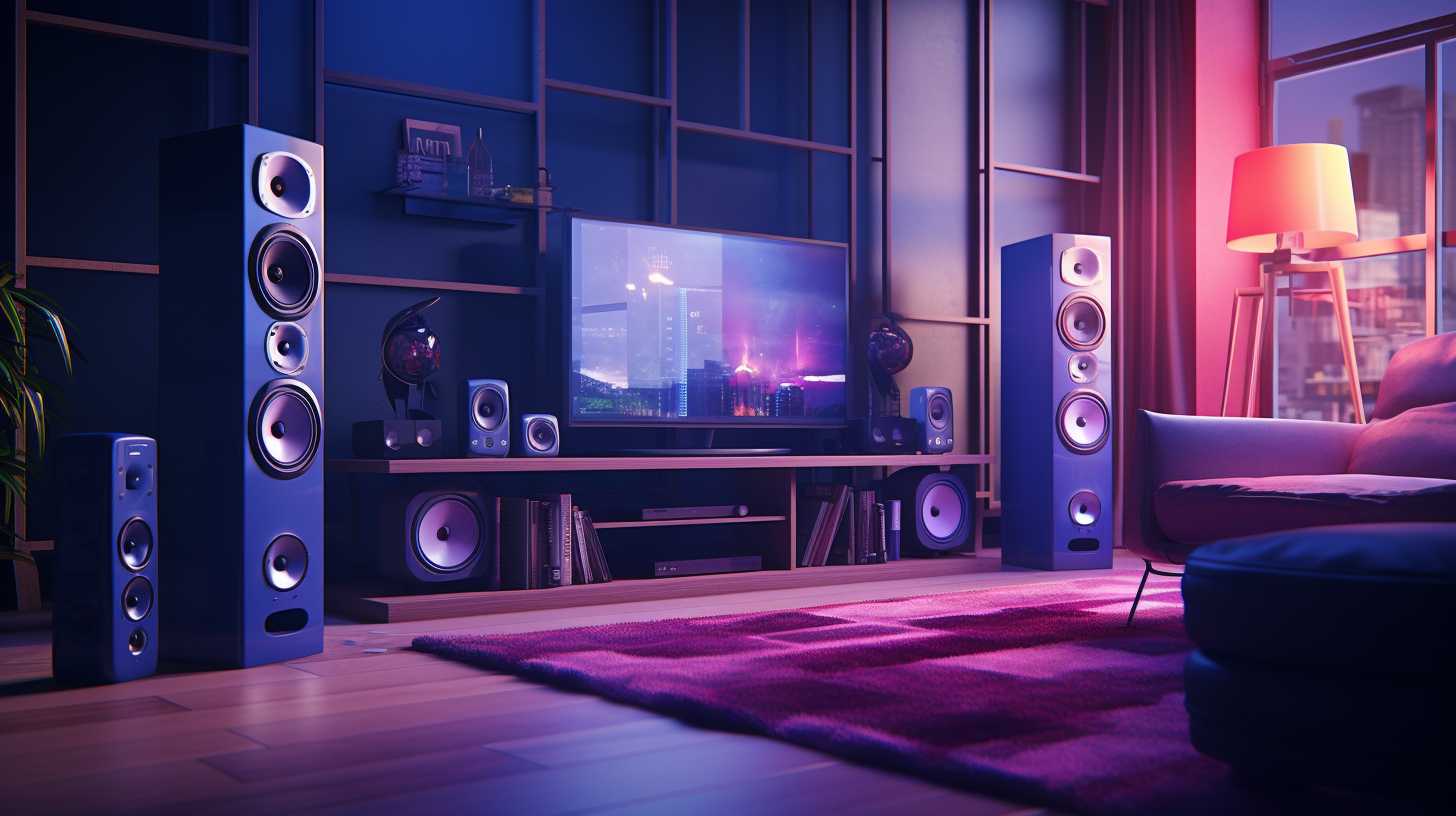
Welcome to our detailed guide designed to help you uncover the full potential of your PlayStation 5’s audio capabilities. Whether you’re racing at lightning speeds, fighting epic battles, or just enjoying the immersive worlds of your favorite games, great audio can transport you right into the heart of the action.
The PlayStation 5 is not only designed for a stellar visual experience, but also for an immersive audio environment. There are various ways to ensure the best possible audio output to provide a fantastic gaming experience.
So, how do you connect your PlayStation 5 to your awesome speaker system? Well, the good news is there are several different methods available, and we’re about to walk you through each one. From straightforward HDMI connections to using an Audio Video Receiver, this guide aims to cover every step and make the process as smooth as possible.
Table Of Contents
1. Connecting Via HDMI
The most common method of connecting your PS5 to speakers is through an HDMI cable. If your speakers have an HDMI input, you can directly connect your PS5.
- Step 1: Connect one end of the HDMI cable to the HDMI OUT port on your PS5.
- Step 2: Connect the other end of the HDMI cable to HDMI IN on your speakers.
- Step 3: Turn on the PS5 and the speakers, and check to see whether the audio is coming through.
If your speakers don’t have an HDMI port, you may use an HDMI compatible receiver or an HDMI to analog converter in between.
2. Using Optical to Analog Converter
Older speaker systems might need analog signal, in this case you need an Optical to Analog Converter.
- Step 1: Connect PS5 to TV via HDMI
- Step 2: Connect TV’s optical out to the converter
- Step 3: Connect the converter to your speakers using a 3.5mm headphone cable or RCA cables
- Step 4: Make sure to change your TV’s audio settings from TV speakers to audio system.
3. Connecting Via Bluetooth
The PlayStation 5 supports bluetooth connectivity. To use this feature,
- Step 1: Turn your speakers on and keep them in pairing mode.
- Step 2: Navigate to the PlayStation 5’s Settings > Devices > Bluetooth Devices.
- Step 3: The PlayStation 5 will search for nearby Bluetooth devices. Select your speakers from the list.
- Step 4: Follow any further on-screen instructions to pair the devices.
4. through Headphone Jack on Your TV or Game Controller
Another method is to use the headphone jack on your TV or PS5 controller.
- Step 1: Connect your speakers to the headphone jack using an auxiliary cable.
- Step 2: Ensure the audio setting on your TV or PS5 is set to “Headphones” rather than “TV Speakers”.
Remember: Not all TVs or Controllers support this feature so double check your manual or device specifications.
5. Connecting Via an Audio Video Receiver (AVR)
Using an AVR is an effective method to route your audio and video signals through a single device. These receivers often support multiple input and output connections.
- Step 1: Connect your PlayStation 5 to the AVR using an HDMI cable. Plug one end of the HDMI cable to the HDMI OUT port on your PS5 and the other end to the HDMI IN port on your AVR.
- Step 2: Choose your output method on the AVR. If connecting to speakers, use the appropriate audio cables (RCA, AUX, etc.) to connect the AVR to your speakers. If connecting to a TV or projector, use an HDMI cable to connect the HDMI OUT from the AVR to the HDMI IN on your TV or projector.
- Step 3: Turn on all your devices and configure the AVR to use the correct input source (e.g., the HDMI port connected to the PS5).
- Step 4: Ensure your PlayStation 5’s audio settings are configured correctly according to your AVR. You may need to select an audio output format compatible with your AVR or tweak additional settings for optimal audio quality.
By choosing one of these methods, you’ll ensure a fantastic and immersive audio experience with your PlayStation 5. Remember to always refer to your user manuals for any specific instructions on connecting your devices.
























